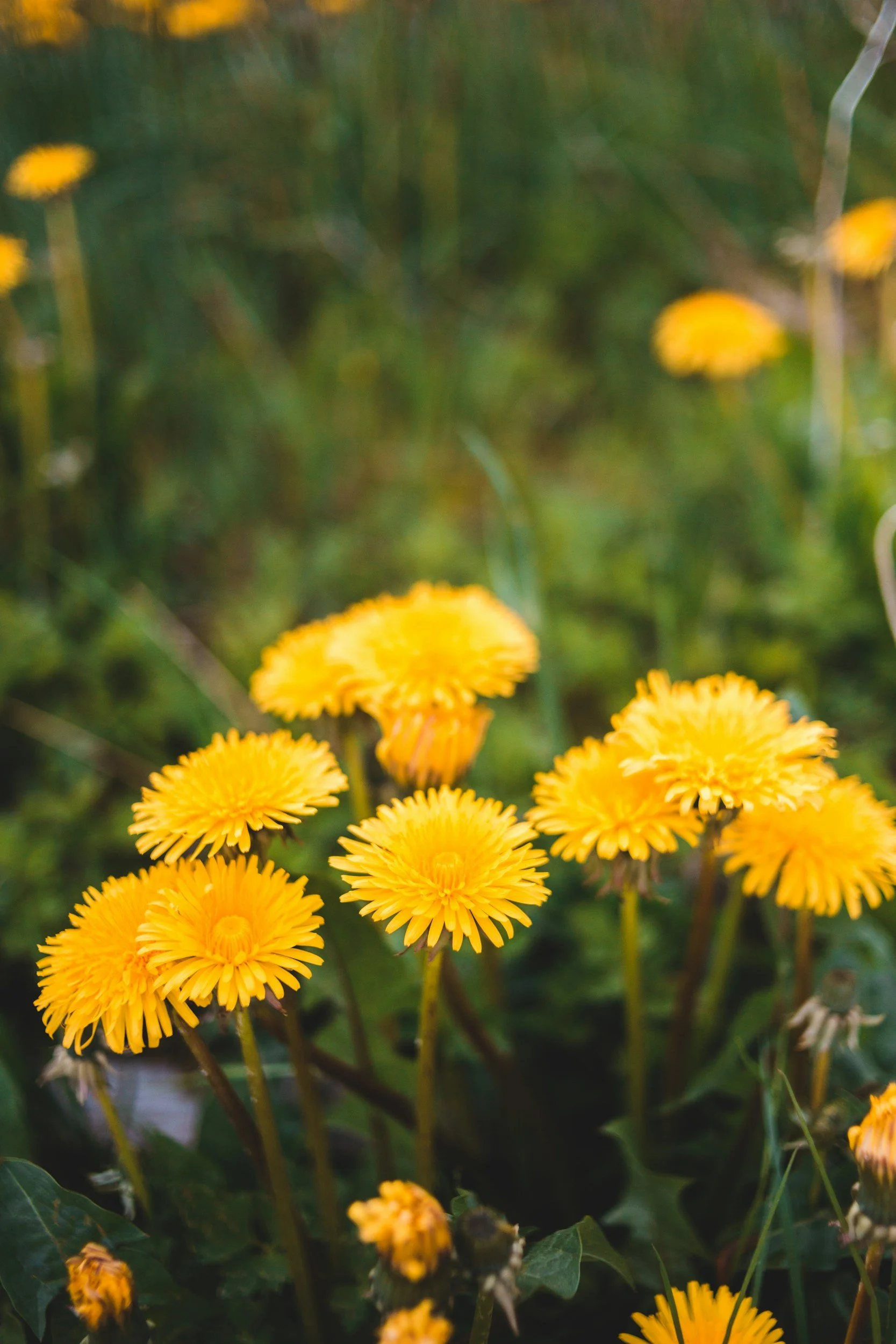
Dandelion
Dandelion (Taraxacum agg)
Dandelion (Taraxacum agg.) is a bright, cleansing tonic for the liver, digestion, and fluids. The leaves act as a gentle, mineral-rich diuretic, while the root supports sluggish digestion and liver function. It’s one of those humble “whole plant” medicines, food and remedy in one.
Plant family
Asteraceae
Parts used
Folia (Foliage)
Radix (Root)
Typical forms of prescription
Infusion (leaf)
Decoction (root)
Tincture
Tablets
Dosage:
Tincture (1:2): Fol: 40–80 ml pw; Rad. 20–40 ml pw;
Dried herb: Fol: 12–30 g pd; Rad: 9–15 g pd.
Taraxacum officinale (Dandelion) - Clinical Snapshot
Primary Actions: Leaf (fol.)
Diuretic (gentle, potassium-rich)
Depurative / Alterative
Mild bitter
Anti-rheumatic (via elimination support)
Primary Actions: Root (Radix)
Bitter tonic
Cholagogue
Choleretic
Hepatic (liver-supporting)
Alterative
Mild laxative
Anti-bilious
Primary Indications
Hypertension
Liver disorders
Sluggish gallbladder
Gallstones
Rheumatism
Arthritic conditions
Gout
Abdominal bloating
Kidney disorders
⚠️ Cautions / Safety ⚠️
Caution with blocked bile ducts
Taraxacum agg.
Phytochemistry and Pharmacology
-
Chemical Class: Bitter sesquiterpene lactone
Action: Digestive stimulant, cholagogue (bile-stimulating), mildly hepatic
Use: Taraxacin is partly responsible for the distinct bitter taste of dandelion. It directly stimulates the secretion of digestive enzymes and bile, making it especially valuable for treating indigestion, constipation, bloating, and liver sluggishness. It also plays a role in appetite stimulation and overall gut motility.
-
Action: Bitter, cholagogue, anti-inflammatory
Use: These contribute to dandelion's digestive-stimulating properties by enhancing bile flow and liver activity. They also have a mild anti-inflammatory effect and support the herb’s traditional use in liver and gallbladder health.
-
Action: Prebiotic, gently laxative, blood sugar modulating
Use: A type of soluble fibre, inulin supports gut health by feeding beneficial microbiota. It also helps balance blood sugar levels and has a gentle detoxifying effect by supporting bowel regularity.
-
Action: Anti-inflammatory, hepatoprotective
Use: Triterpenes help protect liver cells, reduce inflammation, and support the body’s detoxification pathways. Their presence underpins dandelion’s reputation as a tonic for the liver and skin.
Traditional use
The root is roasted and used as a coffee substitute. It is also traditionally used to ‘promote urine’ and to reduce fevers.
The sap is used for wart removal. The stems of the fresh Dandelion are snapped, and the white sap is applied directly to the warts, which are then covered with a plaster. Apply regularly for wart removal.
Clinical Description
A strong potassium-sparing diuretic comparable to the drug furosemide. Unlike the drug, dandelion does not cause potassium loss. The leaf is used for increasing urine (hence its other name, ‘wet-the-bed’).
The root stimulates the liver and bile production.
The root and leaf can be used interchangeably. It can be used as an infusion or tincture for increasing urine output in UTIs and water retention associated with premenstrual syndrome and heart failure. The whole plant is bitter, particularly the root, which has general digestive-stimulating properties. The bitter properties stimulate bile production, which is a natural laxative, even for children.
Dandelion aids the liver and kidneys in clearing bodily wastes, and it is a go-to herb for those suffering from hormonal, chronic skin, and joint problems, including PMS, acne, eczema, arthritis, and rheumatism. The root contains high levels of inulin, a key food for friendly bacteria that supports gut flora when consumed or taken in capsule form.
Cultivation/Harvesting
Roots are most bitter in summer. Leaves anytime.
Key Botanical Features of Dandelion (Taraxacum agg)
Growth
Type: Perennial herb.
Size: Typically 10–30 cm (4–12 inches) tall, though it can grow taller when flowering.
Stem: Leafless, hollow, and often smooth, the stem is milky when cut and exudes a white latex.
Leaves
Type: Basal rosette of leaves, arising from the ground.
Shape: Lobed, deeply cut, with a jagged or serrated appearance.
Size: 5–25 cm (2–10 inches) long, depending on environmental conditions.
Texture: Dark green, smooth upper surface and a slightly hairy underside.
Flowers
Type: Composite flower head, consisting of numerous individual yellow ligulate florets (petal-like structures).
Size: 2–4 cm (0.8–1.6 inches) in diameter.
Flower Arrangement: A single, bright yellow flower head appears on a hollow, leafless stem.
Blooming Period: Spring to early summer, typically March–May. Dandelions are often among the first flowers to bloom in the spring.
Pollination: Primarily by insects, especially bees, though self-pollination can also occur.
Fruits & Seeds
Type: Small, wind-dispersed achenes (dry fruits with a single seed).
Structure: Each seed has a pappus (a tuft of silky hairs), allowing wind dispersal.
Seed Dispersal: By wind (often called "blowing on a dandelion puff").
Size: The seeds are typically 2–5 mm (0.08–0.2 inches) long.
Roots
Type: Taproot, long, thick, and fleshy.
Function: Stores nutrients and helps the plant survive in various conditions. The deep taproot allows dandelions to access moisture from deep within the soil.
Habitat & Growth Conditions
Climate: Prefers temperate regions but can be found in many climates worldwide.
Soil: Grows in various soil types, including lawns, fields, roadsides, disturbed areas, and moist, well-drained soils.
Sunlight: Thrives in full sun, but can tolerate some partial shade.
Distribution: It is native to Eurasia but is now widespread globally, especially in North America, where it is common in lawns, gardens, and urban areas.
Sustainability/Conservation:
Common, least concern.
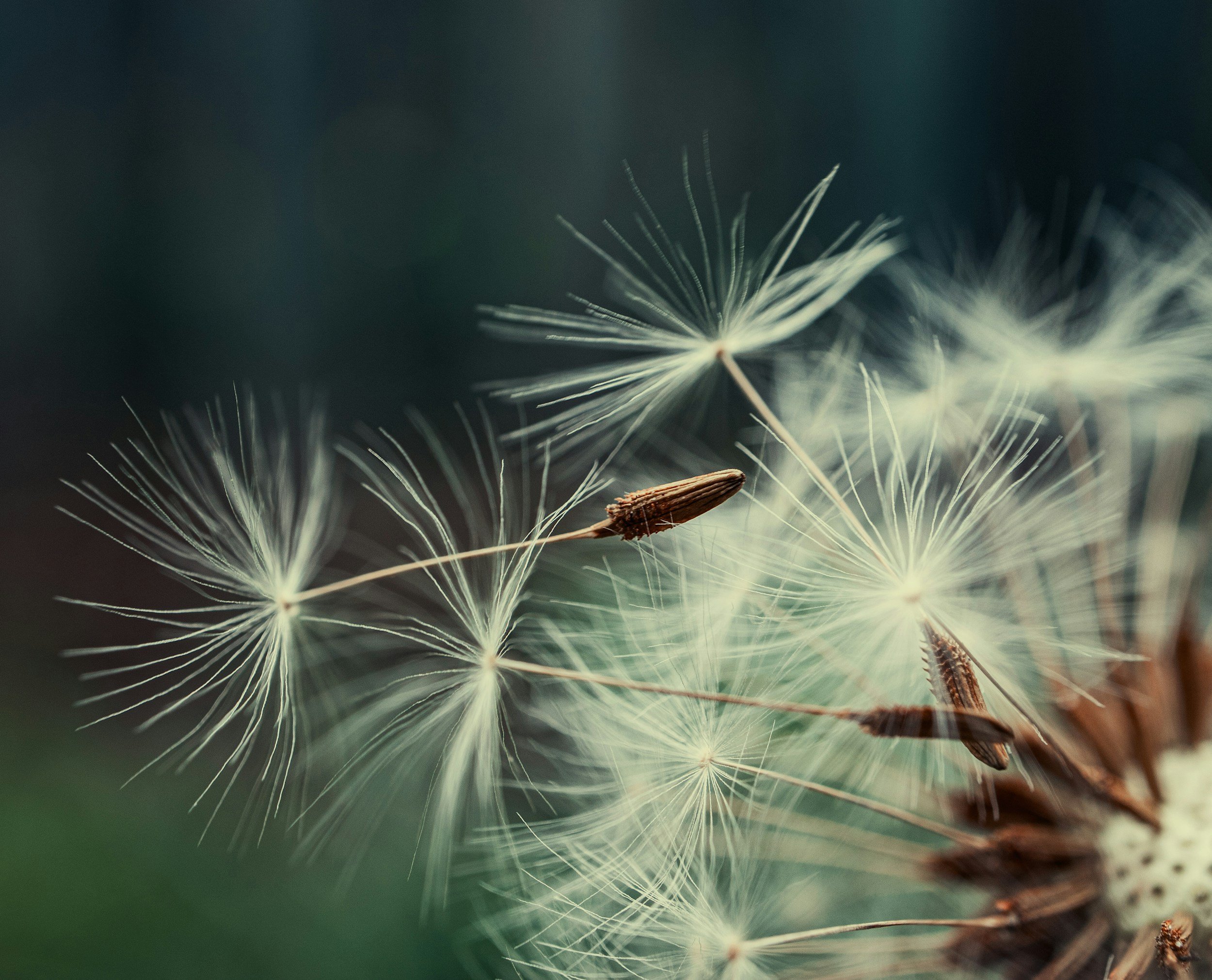
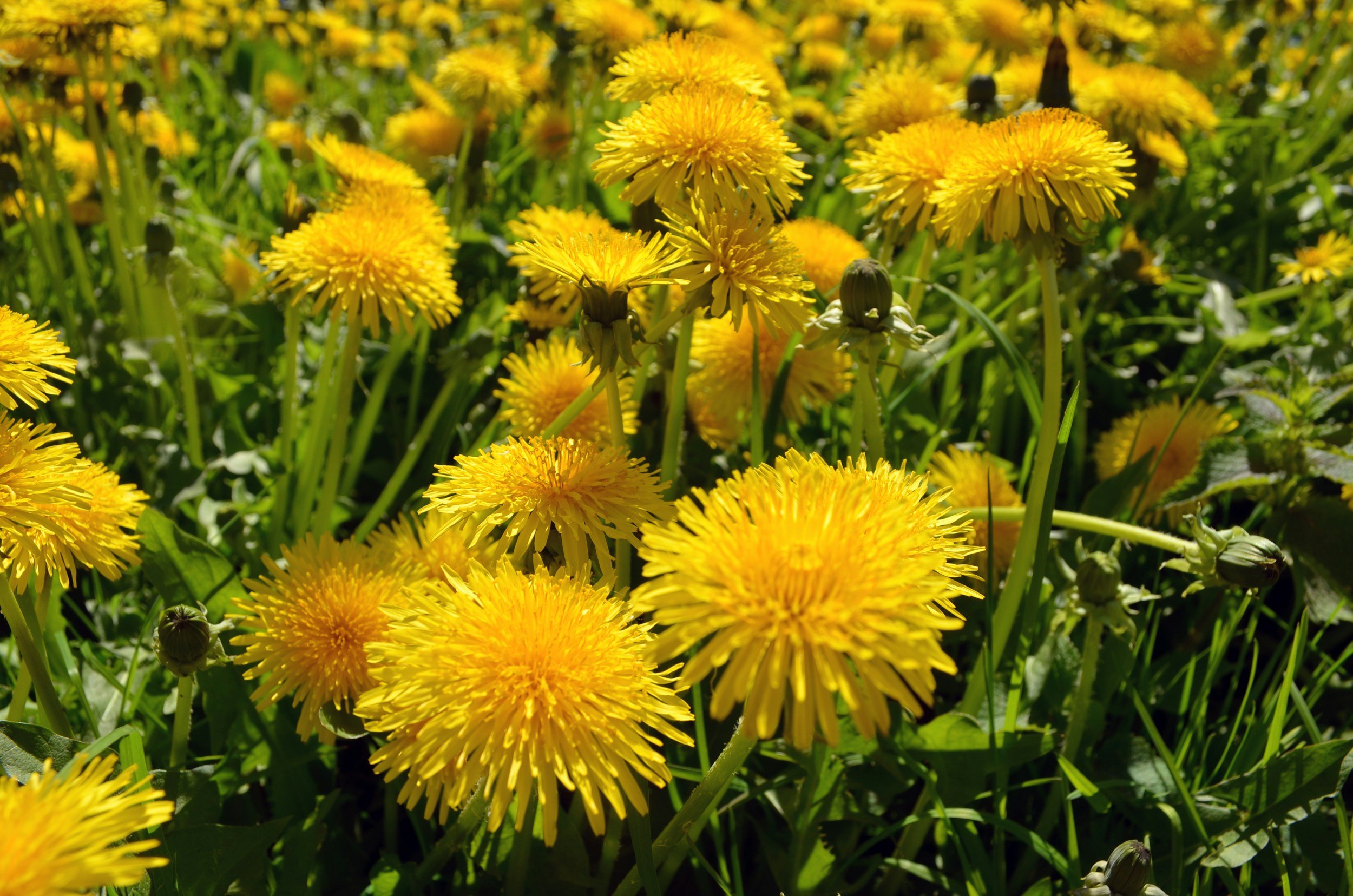
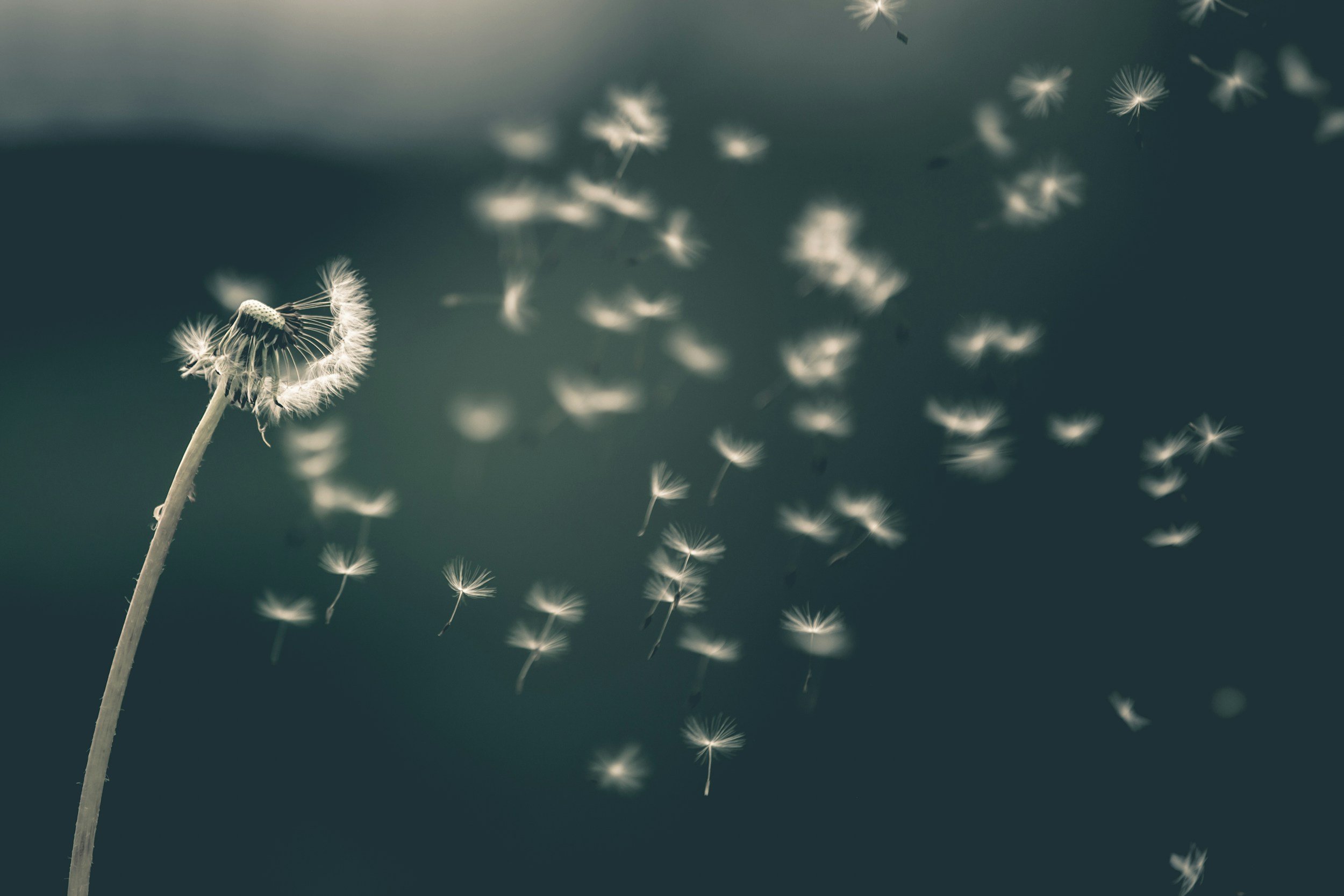
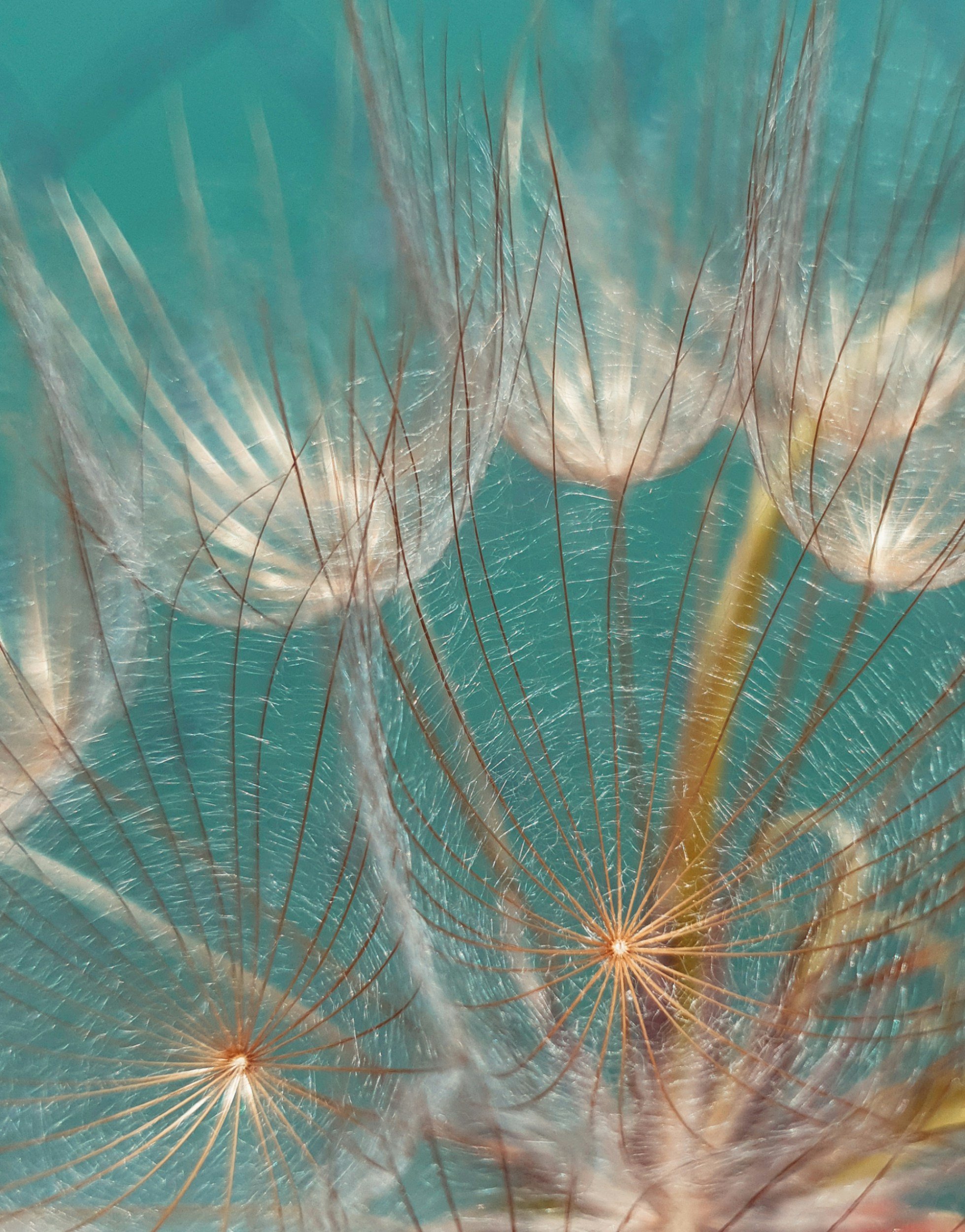
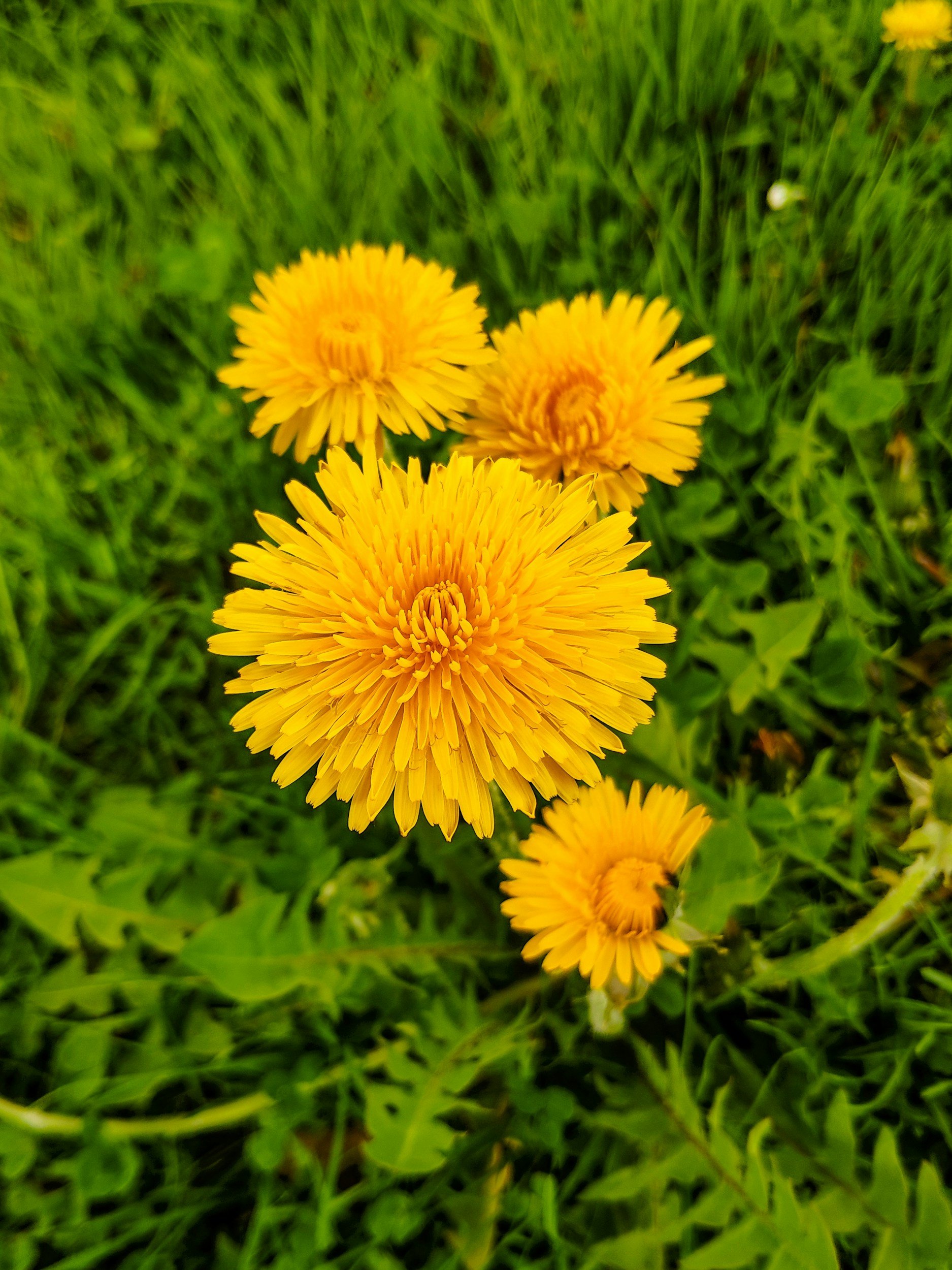
Sources
Bartram, T. (1998). Bartram’s encyclopedia of herbal medicine. Constable.
Fisher, C. (2018). Materia medica of western herbs (Rev. ed.). Aeon Books.
Hedley, C., & Shaw, N. (2020). A herbal book of making and taking. Aeon Books.
Hoffmann, D. (2003). Medical herbalism: The science and practice of herbal medicine. Healing Arts Press.
McIntyre, A. (2019). The complete herbal tutor (Revised & expanded ed.). Aeon Books.
Royal Botanic Gardens, Kew. (n.d.). Plants of the World Online. https://powo.science.kew.org/
Mills, S., & Bone, K. (2013). Principles and practice of phytotherapy: Modern herbal medicine (2nd ed.). Churchill Livingstone; Elsevier.
Barnes, J., Anderson, L. A., & Phillipson, J. D. (2013). Herbal medicines (3rd ed.). Pharmaceutical Press.
Benzie, I. F. F., & Wachtel-Galor, S. (Eds.). (2011). Herbal medicine: Biomolecular and clinical aspects (2nd ed.). CRC Press; Taylor & Francis.
Evans, W. C. (2009). Trease and Evans’ pharmacognosy (16th ed.). Elsevier.
Disclaimer: This page is for educational purposes only. Consult a qualified medical herbalist before using herbs, especially during pregnancy, when trying to conceive, while breastfeeding, for medical conditions, or with children.
Read the full disclaimer → Medical Disclaimer.




